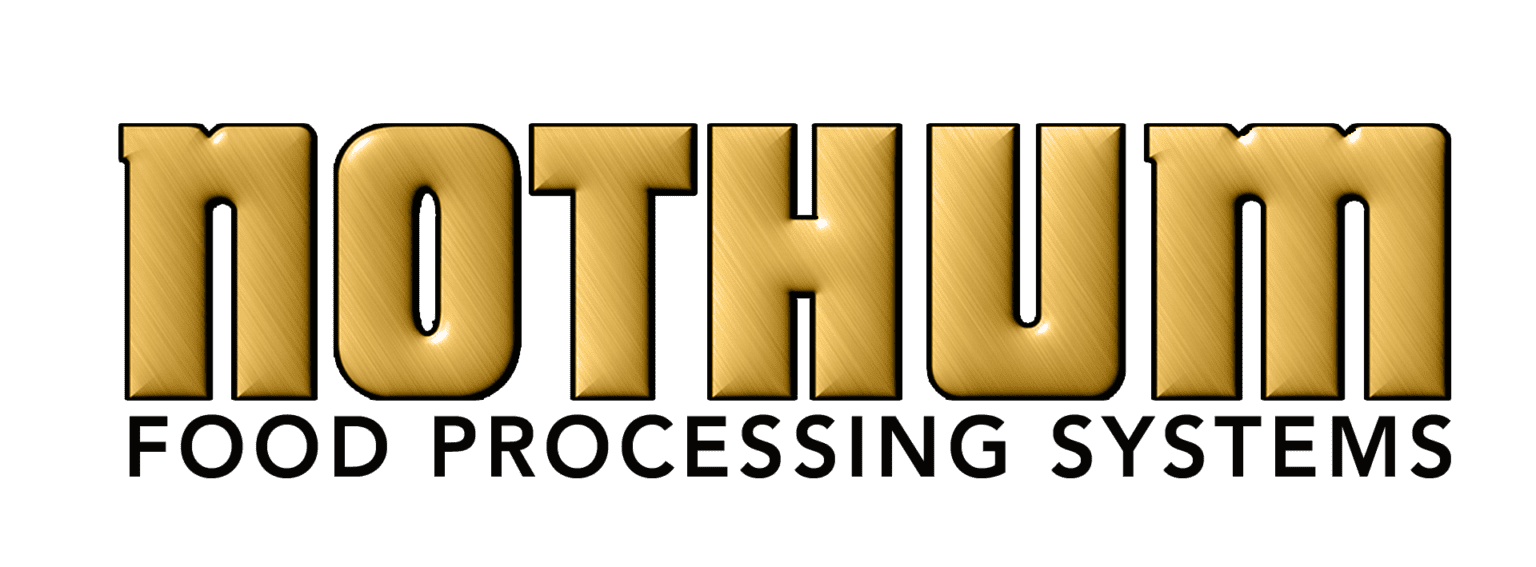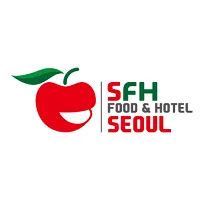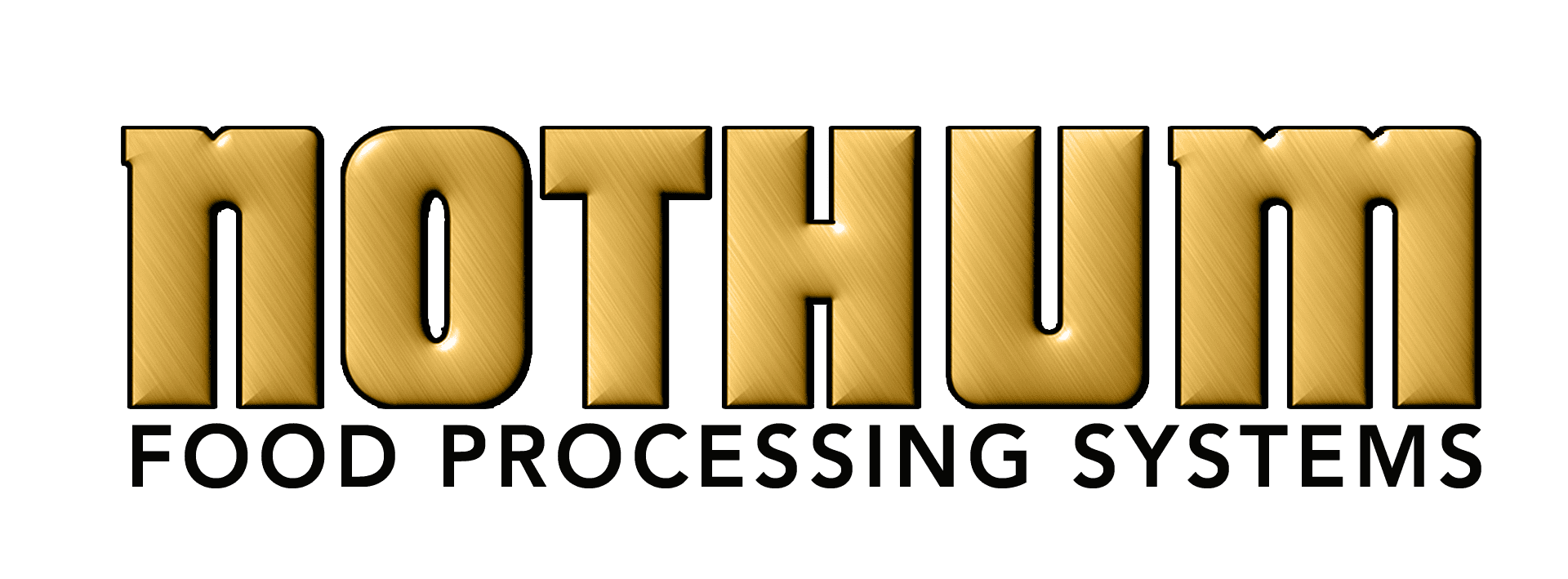Are you struggling to find the right blend of ingredients with the best application technique? OR Have you recently added a new product, and need help developing the texture? No matter the situation, you are not alone.
It is easy to overlook an important part of this process…TEXTURE. A clear visual concept of how the end product will look, taste, and feel is a critical part in creating texture. Here are the different texture techniques:
1. Drum Technique
If a homestyle appearance is your desire, then a Drum technique is exactly what you are needing. As the product enters the SuperFlex, it is completely coated with a top and bottom layer of breading and then enters into the Drum, where it is coated further, getting into places that most breaders cannot, giving your products that flakier, gnarled, textured homestyle appearance.

2. TripleFlip Technique
If your product is formed or bone-in and needs a more delicate solution than the Drum, the TripleFlip technique will help you achieve a consistently crunchy texture with homestyle highlights. As your product enters the SuperFlex and into the TripleFlip, it is then coated with a crumb, flour, or a mixture as it flips into a series of three levels (all levels are belt driven); causing the breading to coat every side of the product evenly.

3. Inline Technique
Perhaps the most common breading style is the Inline or Flatbed technique. As the product transfers into the SuperFlex or VersaCoat it lays on a bed of coating as the breading curtain lays an even top coating. This coating is either a fine or dense coating, such as: Japanese crumb, American Bread Crumb, Semi-dry Panko, Seasonings, Rubs, Cinnamon / Sugar, Predust, and etc. Giving you endless versatile options to meet the consumer demand. This produces a more uniform and smooth, non-textured appearance.

4. HandToss Technique
Mimicking the “hand tossing” method has proven to be tricky, but this HandToss technique creates an exact resemblance to your original recipe. As your product enters the SuperFlex and into the HandToss unit, it is coated with a crumb, flour, or a mixture. As the paddles flip up and down, it is tossing the product from side to side making a light and fluffy texture possible.

5. Knuckler Roller
Technique typically found within an Inline or Flatbed configuration. As a product enters a SuperFlex or VersaCoat and passes under the Knuckler, impressions are pushed onto the top of the product. The significance to the indentations are the increase in yield and enhanced product appearance.
As you can see, there are many options to consider when adding texture to your product. As you decide on what best fits your needs, there is really only one decision to make: “Which Nothum breader do you need, the SuperFlex or the VersaCoat?”
Various Application Techniques and Breading Ingredient Versatility
The SuperFlex supplies you with endless texture techniques by providing four functions in one machine – Drum, TripleFlip, HandToss, and Inline (flatbed). Benefits to the SuperFlex are:
- Endless breading/coating techniques
- Decreased breading loss
- Quick changeover time
- Eliminates redundant equipment
To learn more about the SuperFlex, check out this page.
Ingredients Only
The VersaCoat allows you to switch out breading ingredients for your different products, and apply impressions into the product with the Knuckler. Benefits to the VersaCoat are:
- Noticeable breading savings
- Higher product yields
- Smaller footprint
- Easier sanitization
To learn more about the VersaCoat, check out this page.
If you have any questions about how to balance your texture techniques with your ingredients, feel free to reach out to [email protected] or contact us today.




